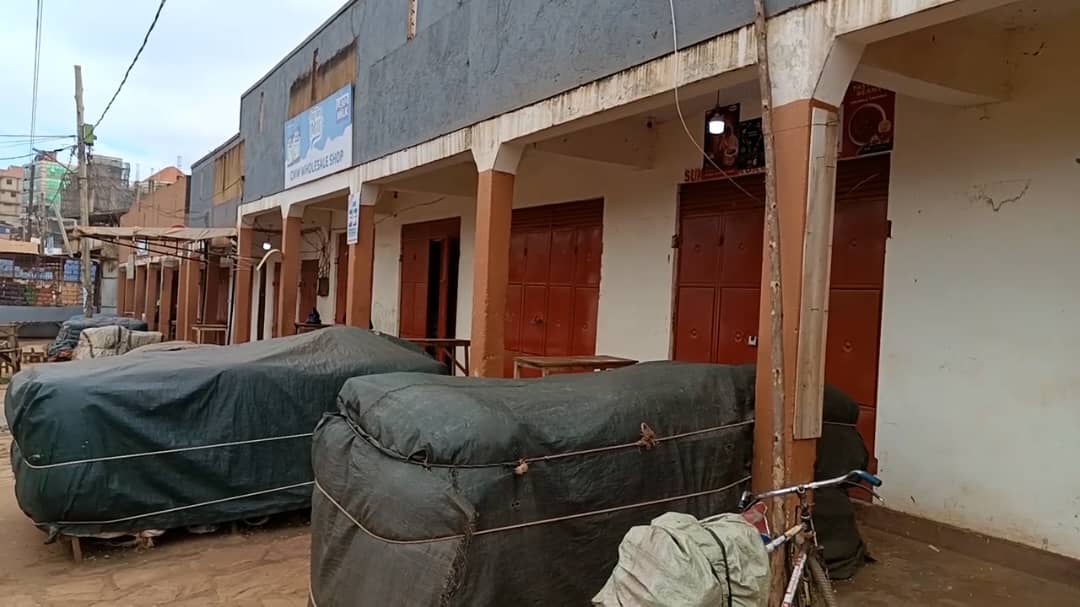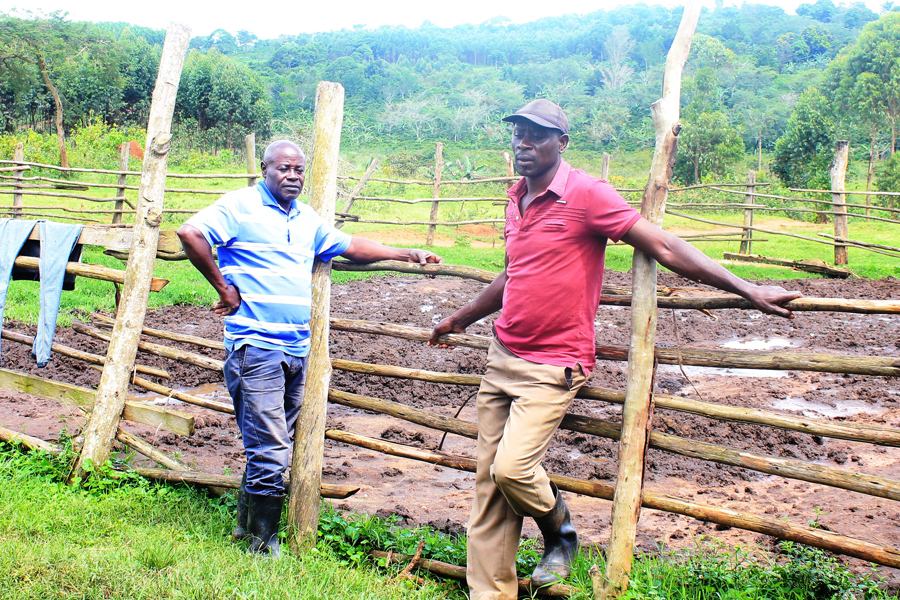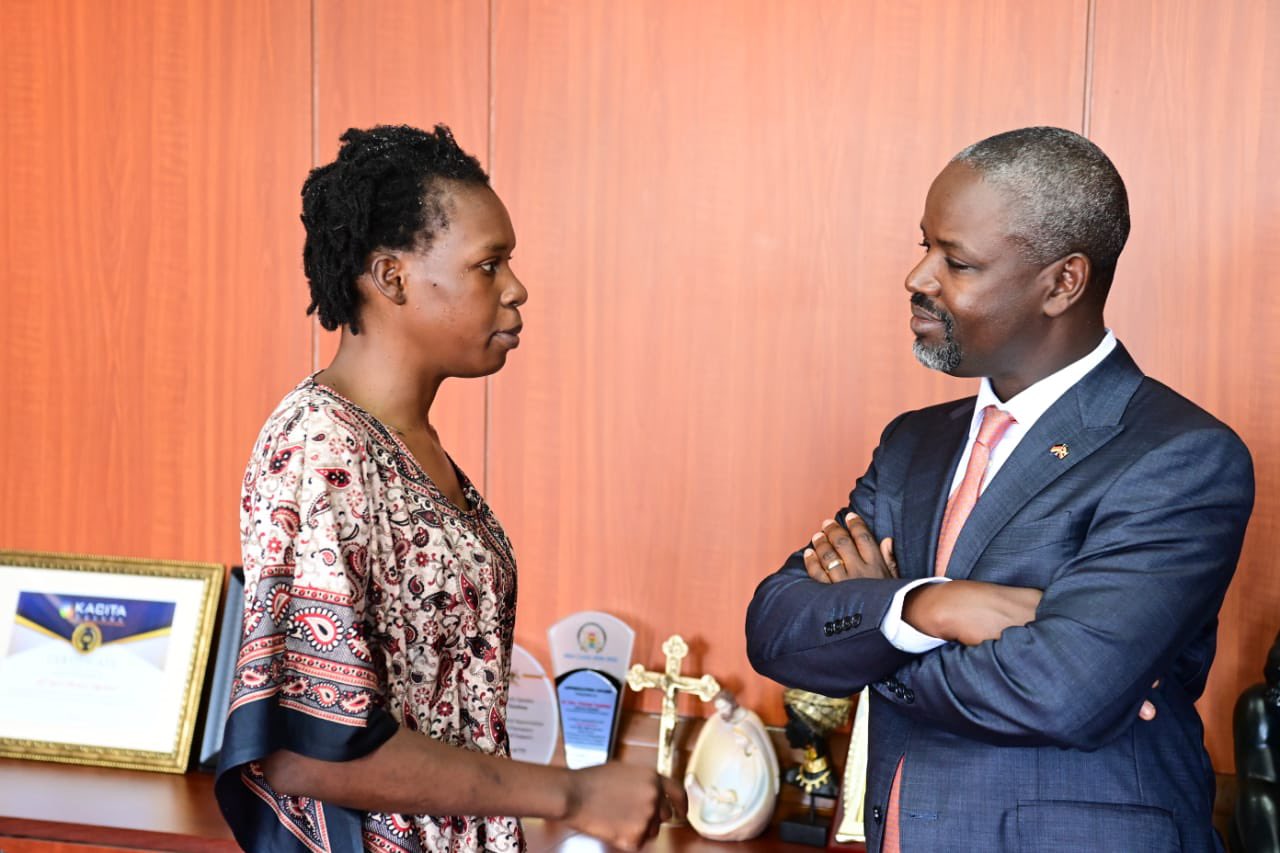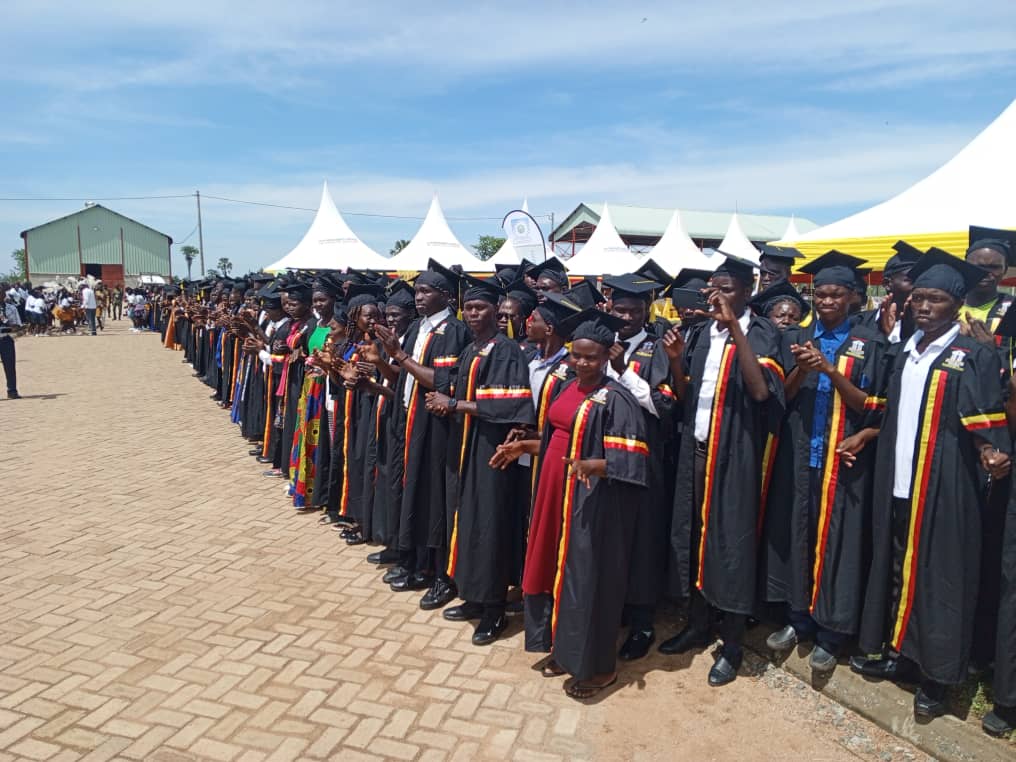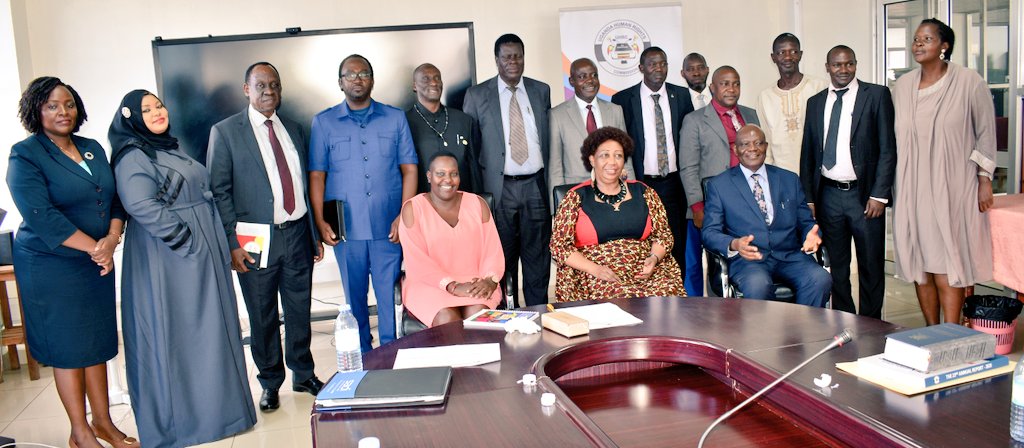Covid-19 unlocks amazing innovation for the health sector
Edward Baliddawa
Four months ago, virtually no one outside the Medical Research profession knew about a virus called Corona.
In fact, for us in Uganda and East Africa as a whole, any mention of the word Corona, one's immediate reference would be to the famous Japanese car with its varying models.
However, today, things seem to have drastically changed. By merely mentioning of the word Corona, the chills, tears and anxiety it evokes are unimaginable.
The Coronavirus pandemic that is ravaging the world broke out at a time when it seems no country, big or small; developed or developing were prepared not only in treating the diseases but also in preventing its infections.
In China where the disease started, with their very elaborate militaristic protocols of responding to emergencies, their health care systems were stretched to unimaginable levels.
In Europe and particularly Italy, Spain and England, emergency systems were overwhelmed which resulted in heartbreaking numbers of fatalities on a daily basis.
In America, the human devastation by the virus has taken on a toll that is unparalleled in human history since 1918 during the Spanish Influenza.
Amid this death or life hysteria period, and as the medical research professionals continue frantically to search for a vaccine or an antidote against the virus, it has been found that one of the critical medical equipment component in resuscitating a Covid-19 patient with acute respiratory problems is the ventilator.
We are now informed by the medical professionals that, a ventilator is a component that must be attached to each bed in an emergency unit in order for that unit to be considered as functional.
Due to the critical importance of the ventilator component in enabling the critical medical care attendants to manage emergency cases, alot of focus has now been placed on this ventilator item worldwide.
In fact there is no single medical item that has ever been on demand at one moment globally like the situation is with the ventilators, face masks and the Personal Protective Equipment (PPE).
In the developed countries like the US, Japan and South Korea, already existing motor vehicle manufacturing companies have been decreed to embark on manufacturing ventilators on a mass scale.
However, in many of the developing countries, governments are now relying on the ingenuity of the innovative brains of the academia and manufacturers locally.
Currently, there are very impressive stories of breakthroughs in the innovation of locally designed prototypes of low cost ventilators that are now echoing from different parts of Africa.
We are reading of encouraging reports of ventilator prototypes made locally in Nigeria, Rwanda, Kenya and Uganda.
Here in Uganda, Makerere University working with Kiira Motors has reported that they have finalized the testing of a prototype ventilator they have designed and that all that is waiting is government funding to enable mass production to commence.
I have to say that this is for sure no mean achievement and we must all applaud and be proud of this milestone.
I am certain that with this breakthrough of the ventilator, a number of such amazing innovative adaptations are going to occur in order to give us the critically needed other medical equipment items that have continued to be lacking in most of our medical facilities across the country.
These innovations ought not only to be aggressively encouraged but most importantly funded.
The national benefits from locally designed and produced medical equipment interventions can never be over-emphasized.
But for the purpose of pointing out this particular one about the ventilator, we have been told that on the international market, a ventilator unit goes for about $50,000, and yet the cost of the one designed by Makerere University is about $1,000.
Evidently, this now offers us as government an opportunity to be able to cost-effectively equip all our major national and regional referral hospitals with this life saving critical medical equipment.
As we embrace for marathon of local innovations not only in regard to the currently critically required medical items, but also in other equally badly lacking areas of health, emphasis must be placed on ensuring quality and standards.
This means that there must be a deliberate concerted effort to equip those institutions and agencies mandated with the task of ensuring adherence to standards with the requisite resources and capacity to effectively enforce those standards.
Any gaps left or laxity in ensuring that these innovations meet the required standards will have an adverse effect on the gains and uptake of such innovations and will certainly deflate the spirit of innovations and ingenuity of our scientists.
As the English have always said that “on every dark cloud there is always a silver lining”, I would like to think that this Covid-19 pandemic although devastating as it has been, it has become a wake-up call to all of us.
We should therefore seize the opportunity to look inwards critically with a view of making honest evaluations of not only our current healthcare system, but also all other institutional mechanisms that we have across in the country across the board.
Corona virus not probably being the last epidemic that we shall see, we must re-evaluate and re-engineer our ways of doing things and how we as a nation are prepared for any other and possibly worse case pandemic in future.
Uganda, by having no deaths registered as yet, has been able to prove that we have a highly professional medical team in the country.
All they need is equipment, latest state of the art technology, the requisite supportive tools and enhanced remuneration.
By being able to produce most of the medical equipment items locally and properly equipping our medical facilities, Uganda will be on the path of reviving its otherwise ailing health system.
When Covid-19 had just broken out, we had no sanitizers, face-masks, medical protective gear, and ventilators.
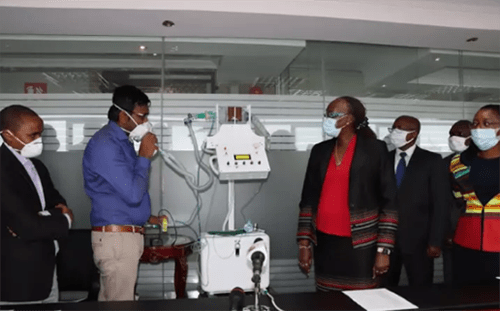 Ventilator made in Kenya
Ventilator made in Kenya
As of today we are about to attain self sufficiency in the production/ manufacture of the bulk of these items. USA and Europe had a similar problem and there was literally a scramble for these items in China.
We could not compete with the giants. However, our scientists and entrepreneurs seized the opportunity and embarked on manufacturing these much needed items.
We are soon going to have surplus production of these items.
We need to work out marketing arrangements (in the country, Great Lakes region and the world) to absorb the surplus in order not to frustrate our innovators and entrepreneurs.
Besides, once this manufacturing takes off in its earnest, this will mark the start of the much desired structural transformation of the economy.
Thus, as a country, we shall stop relaying and trading in raw commodities which are of low value, to sustain our economy.
For now and with the Coronavirus, we must salute our president for his decisive leadership that has continued to help us forestall an all out onslaught of the pandemic.
The author is former MP for Kigulu North


